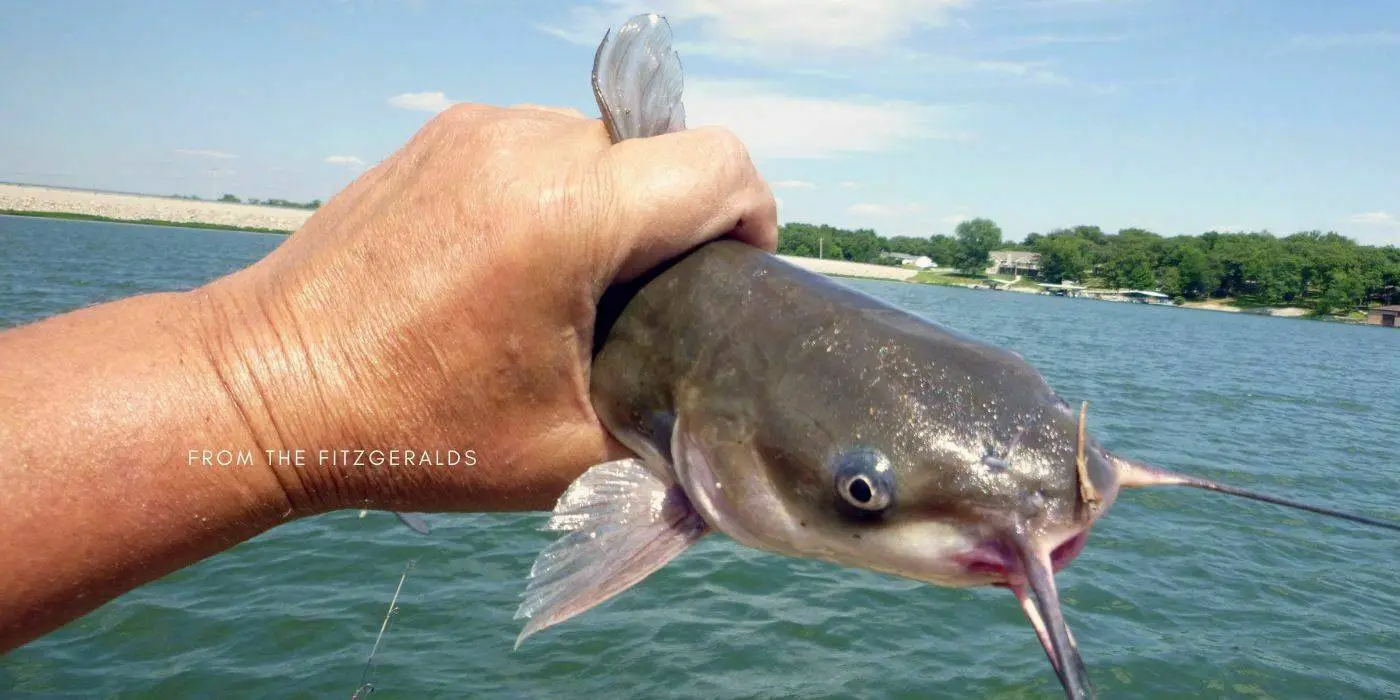Tying fishing knots can seem daunting at first, but with a few simple steps you can become an expert fisherman. This guide will teach you the basics of tying fishing knots, including the most common ones used for fishing hooks.
There are a variety of knots you can use for fishing, but the most common ones are the overhand knot and the slip knot.
Overhand knot: The overhand knot is a simple knot that ties a line around two objects together. To make it, take a piece of rope about twice the length of the fish you’re after and tie an overhand loop in one end. Make the same loop in the other end and hold them together. Now put the loop over the fish’s head and pull tight to snugly tie it in place.
Slip knot: The Slip Knot is another common knot used for fishing. To make it, take a piece of string about twice as long as your fish and tie a simple loop in one end. Pull on the string until it forms a loose “bunny ear” shape. Now put the “ear” over your fish’s head and pull tight to form
What You’ll Need
To tie a fishing knot, you will need the following: a fishing hook, some thread, and a knot tying tool. Here is a list of the most common fishing knots: the half-hitch, the bowline, the figure-eight, and the clinch knot.
The half-hitch is used for tying a loop in line. To tie it, put the end of the line through the hole on one side of the hook and pull tight. Make a similar loop on the other side of the hook. Now put your thumb inside one of these loops and pull up tight. This will create a half-hitch knot.
The bowline is used to tighten or loosen a piece of line. To tie it, take your line and make a small loop in it. Now take the other end of your line and make a bigger loop, holding both loops together. Cross these loops over each other, making sure that they are now close to each other but not touching. Take your knotting tool and push it through both loops from front to back (the cross). Now twist this cross around until you reach the back of the smaller loop. Hold on to this string and pull through the original loop —
The Different Types of Fishing Knots
Tying a knot is an important part of fishing, and there are a variety of knots you will encounter. This section will discuss the different types of knots and how to use them.
The most basic knot is the loop knot, which can be used for tying together cords or ropes. To tie a loop knot, take two rope ends and make a small loop with one end. Then, take the other end and put it through the loop made by the first end.Pull both ends tight to form the knot.
Another common knot is the overhand knot. To tie an overhand knot, start by forming a loop with one end of the rope. Then, put the other end through the loop and pull it tight. The overhand knot is secure because it prevents the rope from slipping through its own loops.
There are also more complex knots that can be used for various purposes. The bowline knot is used to tie together two ropes while maintaining their shape. To tie a bowline knot, start by forming a loop with one end of each rope. Then, cross the loops over each other, making sure that they are tight against each other. Finally,pull on both ends to tighten the knot
How to Tie a Fisherman’s Knot
Tying a fisherman’s knot can be a bit confusing, so we’ll show you how it’s done. First, take the end of the line you’re tying and make a loop. Next, hold on to the loop with one hand and use the other hand to make a small loop (this is called the overhand loop). Finally, tie the overhand loop together with the fisherman’s knot.
1. The Clinching Knot
The Clinching Knot is a versatile knot that can be used for a variety of fishing applications. When tying the Clinching Knot, make sure to use a sturdy material to tie it with, as it can hold a lot of tension.
To tie the Clinching Knot, first take a loop in your fishing line and place it over the hook eye. Make sure to put enough slack in the line so that you have plenty of room to work. Next, take the left-hand side of the loop and fold it over the top of the right-hand side of the loop. Finally, tuck the ends underneath each other so that they are now secure. You’ve now created a clench knot.
2. The Crossover Knot
Tying a crossover knot is the most popular fishing knot. It can be used for both saltwater and freshwater fishing. The crossover knot is easy to tie and can be used with a variety of fishing hooks. Here are five tips for tying the crossover knot:
-Start by forming a loop with the fishing line.
-Cross the line over the top of the loop you formed, making sure that the lines are parallel to each other.
-Pull tight on both lines to form the knot.
3. The Bowline Knot
When you’re fishing for trout or bass, you’ll need to tie a few different knots to secure your hooks. One of the most basic knots is the bowline, and it’s perfect for tying on small hooks like spinners and jigs. Here’s how to do it:
1. Take the end of the line you’re tying and make a loop with it. You should now have a ‘bow’ shape.
2. Make a second loop with the line and place it over the first loop. Pull tight so that the loops are close together but not too tight. This creates your knot.
3. If you want to make it harder to untie, put a small stone or metal weight at either end of the bowline knot.
4. The Heading Line Knot
The Heading Line Knot is a knot used to tie fishing hooks. It is also known as the Bass Knot, and is one of the most common knots used for fishing. The heheading line knot is simple to tie, and can be used with a variety of fishing hooks. It can be used as a slip knot, or a reef knot.
To tie the Heading Line Knot, start by making a loop with the fishing hook. The loop should be large enough to fit around the shank of the hook, but not too large that it becomes cumbersome to tie. Next, take the end of the line and make a small loop around the first loop. This second loop should be slightly smaller than the first. Now take the line that was originally around the first loop and pull it tight, forming a knot in between the loops.
5. The Jingle Knot
The jingle knot is a simple but effective knot for fishing hooks. It’s easy to tie and can be tightened easily with a small amount of force. The jingle knot is also known as the Christmas Tree Knot or the Prince Albert Knot.
To tie the jingle knot, start by tying an overhand loop in your fishing hook. Make sure that the loop is tight enough so that the hook won’t fall off, but not so tight that it’s difficult to untie. Next, take the end of the line and tie it into the overhand loop, making sure that the loop is now on top of the hook. Finally, make a small loop in the line and pull through both loops to tighten
Conclusion
Tying knots for fishing hooks can be a little tricky, but with the right techniques, it’s easy to get the job done. In this guide, we outlined the five main knot types you will likely encounter while fishing and teach you how to tie them correctly. Hopefully, this guide will make tying fishing knots a breeze and allow you to spend more time outdoors enjoying nature!




